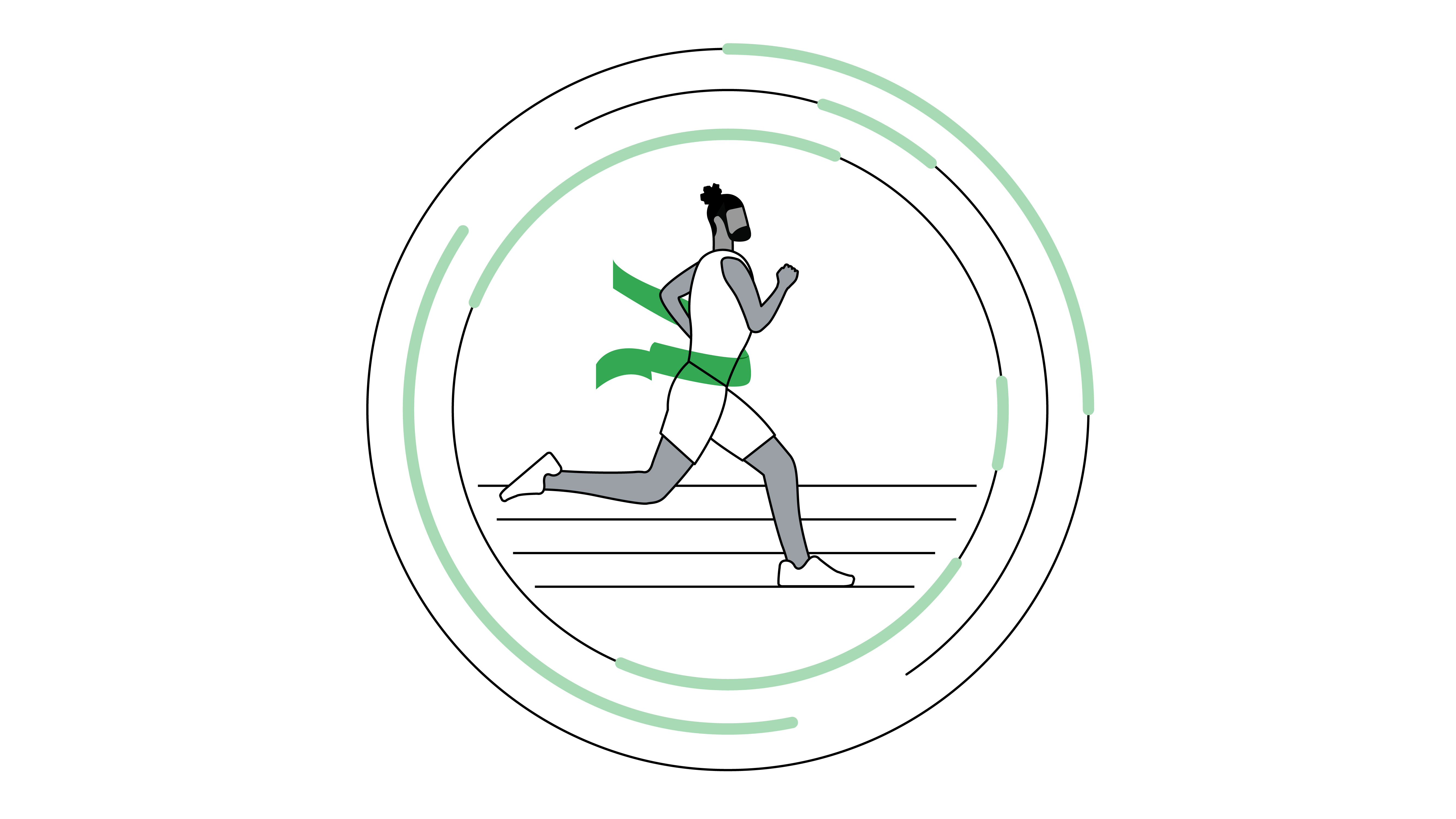Constant changes. Exponential complexity. Increased competition. Many companies feel a form of injunction to change, but do not know where to start. When the term "digital transformation" appeared for the first time in 2000*, it galvanised. 19 years later, it fascinates, scares or intimidates. The challenge is dizzying, and our responsibility immense.
New paradigm. Transformation is not about the final step, but continually identifying the next. Digital transformation has become a concept suitcase. Theories are fusing, and opinions diverge. Some companies are close to success. Others become discouraged. The vast majority advance in the fog. Among the 1800 SME / ETI managers surveyed by BpiFrance, 34% cite the complexity as the # 1 brake to the digital transformation of their company. 32% lack of internal skills. 28% lack of means1.
However, the potential is there, and each step achieved opens new opportunities for growth. According to a Boston Consulting Group (BCG) study of 200 international companies, the most advanced marketers in the adoption of a data-driven strategy obtain a cost-benefit ratio 1.4 times higher and an impact on the number of 2.5 times higher. Today, 2% of advertisers have reached the most advanced level of digital maturity in Europe*. And 98% of leaders have the responsibility to succeed in their transformation to succeed in the years to come. This is a common issue in the field of digital marketing. The subject has been omnipresent for 10 years. The stakes are clear and accepted, but the way is less so. Google and BCG have worked on a proposal for an approach that makes it possible to move forward concretely, step by step, subject by subject, without having to directly approach the mountain of transformation in a single ascent.
A digital transformation tailored. First and foremost, digital transformation is a positive state of mind, part of a quest for continuous improvement, where every step is a victory.
Step by step, tailor-made... Each transformational path is unique, tailor-made. In 2018, Google introduced the 5A model (Audience, Assets, Access, Attribution and Automation). This year, we want to go further by explaining the different stages of these five A's to bring you quickly and efficiently to your goals. No barrier to entry. Whatever the size of your business, the progress of your transformation or your technological and financial means, you can set your path to move towards greater digital maturity.

⚑ ⇢ Make a diagnosis. The new Digital Maturity Benchmark diagnostic tool gives you the opportunity to evaluate the level of digital maturity of your company and to define a plan of action adapted to your needs. There is no point in aiming at the highest level ("multi-moment"): it represents the state of the art of the industry today on most issues, and the target to reach in a few years. The key is to progress at your own pace, consistent with your business objectives (e.g. working on brand preference, engaging consumers, building a lasting relationship, maximising advertising effectiveness, becoming omnichannel). Invest in the few dimensions that matter, to move the cursor of maturity on the categories that will have the greatest impact for you.
⇢ ⚑ Define your roadmap and activate it. Draw your own way of progress with your agency and your partners. On which dimensions will you progress? Which ones do you want to prioritise? Remove the steps that do not concern you and focus on the ones that will make the difference for you.

With agility. Digital transformation is a step into the unknown. It is neither easy nor comfortable. It asks you, day after day, to leave your comfort zone and to try new things. The test & learn sometimes turns into test & fail, but some victories prove that efforts are not in vain. The most productive organisations think "agile". They plan, develop, test, measure and adapt to real-time results, and learn at each stage of a project or product development. Adopting an agile or empirical method makes it possible to transform without necessarily deconstructing everything. It involves working on certain pilot projects, by iteration, decompartmentalising communication, empowering employees, forming partnerships …
The digital transformation is launched at full speed. Impossible to backtrack. Overcome your apprehensions and get started, because your competitors will not hesitate! The best is in front of you.






